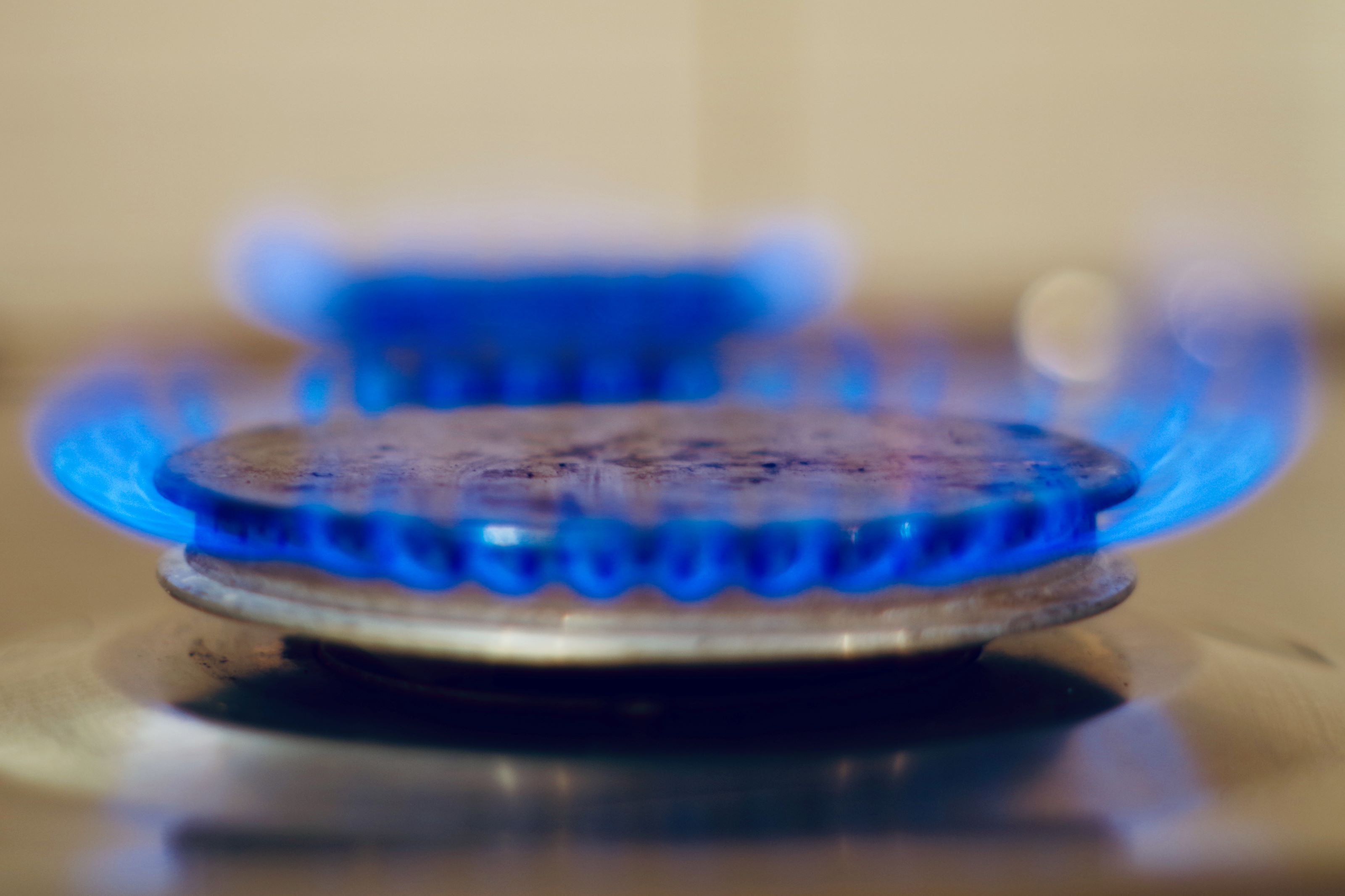Energy Price Guarantee ends — what you need to know
The Energy Price Guarantee has now ended with energy prices instead reverting back to the energy price cap

The government's Energy Price Guarantee ended at the beginning of July with energy costs reverting back to be dictated by Ofgem's energy price cap.
Currently, this is good news for households with the energy price cap set at £1,923 for annual energy prices as of 1 October — far lower than the £2500 level of the Energy Price Guarantee.
This change will influence the cost of energy for households across England, Wales, and Scotland until the end of September. A new cap will be announced on 1 October.
The cap's level is determined by considering the average energy usage of a typical household on their supplier's standard default tariff. It restricts the charges imposed by energy suppliers for each unit of energy consumed, including any applicable standing charges. However, it is important to note that the cap does not limit energy price rises as households are still responsible for paying for the actual energy they use.
What was the Energy Price Guarantee?
The Energy Price Guarantee was introduced on October 1, 2022 after Ofgem's Energy Price Cap surged to £3,549, which could have made energy unaffordable for many families. This was an increase of 80% on April's cap of £1,971, and a significant increase from last October when the typical bill was £1,277 a year.
The government compensated energy firms during the duration of the Energy Price Guarantee for the difference between wholesale gas and electricity prices and the amount they charged customers.
Around 23 million households in England, Scotland and Wales were governed by the price cap, and the guarantee was introduced to help homeowners manage the impact of surging wholesale gas prices.
It meant a typical household did not more pay than the monthly equivalent of £2,500 per year for their energy (34p per kWh for electricity and 10.5p for gas) until the scheme ended on 30 June 2023.
The price freeze also included support for businesses and business charities and includes a temporary suspension of green levies from consumers’ bills, worth around £150 a year.

Is there a maximum I will pay?
No. The new £1,923 cap in October is based on average use for households on standard variable rates, but if you use more than the average household, you will likely pay more. This cap simply determines the maximum energy cost per kWh that energy firms can charge.
Did the price freeze affect those on fixed-rate tariffs?
If you paid for your energy via a fixed rate tariff, then you only saw a reduction via the Energy Price Guarantee if your rate was more expensive than the new cap.
It was reduced to the same level as the price guarantee, but only if you had recently fixed your deal at a very high rate.
If you paid less than the guarantee on a fixed rate tariff, you will were unlikely to have seen a reduction.
Get the Homebuilding & Renovating Newsletter
Bring your dream home to life with expert advice, how to guides and design inspiration. Sign up for our newsletter and get two free tickets to a Homebuilding & Renovating Show near you.

News Editor Joseph has previously written for Today’s Media and Chambers & Partners, focusing on news for conveyancers and industry professionals. Joseph has just started his own self build project, building his own home on his family’s farm with planning permission for a timber frame, three-bedroom house in a one-acre field. The foundation work has already begun and he hopes to have the home built in the next year. Prior to this he renovated his family's home as well as doing several DIY projects, including installing a shower, building sheds, and livestock fences and shelters for the farm’s animals. Outside of homebuilding, Joseph loves rugby and has written for Rugby World, the world’s largest rugby magazine.
